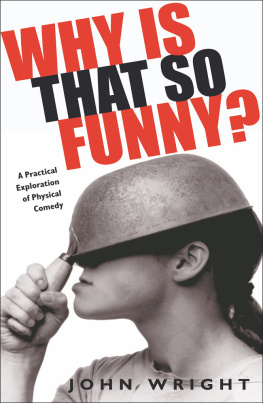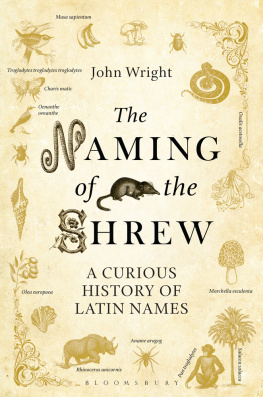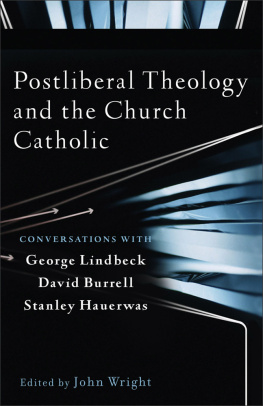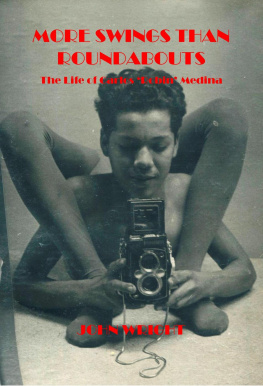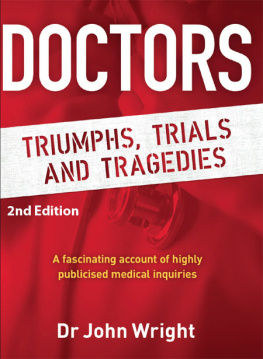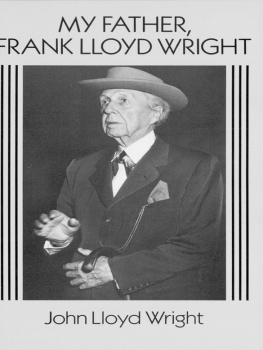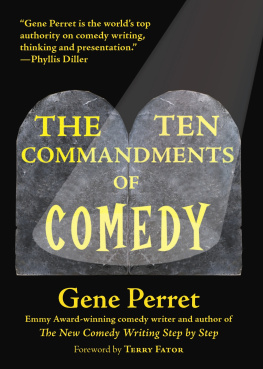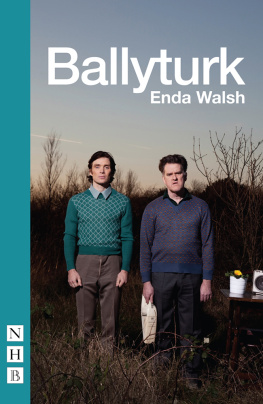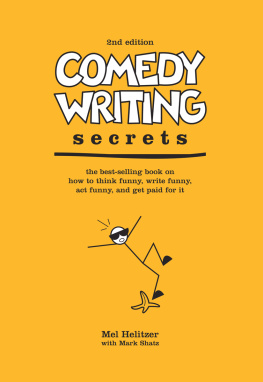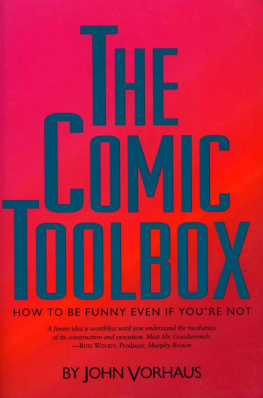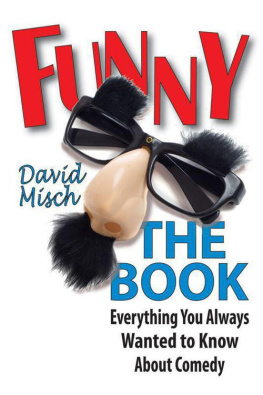John Wright - Why Is That So Funny?: A Practical Exploration of Physical Comedy
Here you can read online John Wright - Why Is That So Funny?: A Practical Exploration of Physical Comedy full text of the book (entire story) in english for free. Download pdf and epub, get meaning, cover and reviews about this ebook. year: 2007, publisher: Limelight Editions, genre: Romance novel. Description of the work, (preface) as well as reviews are available. Best literature library LitArk.com created for fans of good reading and offers a wide selection of genres:
Romance novel
Science fiction
Adventure
Detective
Science
History
Home and family
Prose
Art
Politics
Computer
Non-fiction
Religion
Business
Children
Humor
Choose a favorite category and find really read worthwhile books. Enjoy immersion in the world of imagination, feel the emotions of the characters or learn something new for yourself, make an fascinating discovery.
- Book:Why Is That So Funny?: A Practical Exploration of Physical Comedy
- Author:
- Publisher:Limelight Editions
- Genre:
- Year:2007
- Rating:5 / 5
- Favourites:Add to favourites
- Your mark:
- 100
- 1
- 2
- 3
- 4
- 5
Why Is That So Funny?: A Practical Exploration of Physical Comedy: summary, description and annotation
We offer to read an annotation, description, summary or preface (depends on what the author of the book "Why Is That So Funny?: A Practical Exploration of Physical Comedy" wrote himself). If you haven't found the necessary information about the book — write in the comments, we will try to find it.
Why Is That So Funny?: A Practical Exploration of Physical Comedy — read online for free the complete book (whole text) full work
Below is the text of the book, divided by pages. System saving the place of the last page read, allows you to conveniently read the book "Why Is That So Funny?: A Practical Exploration of Physical Comedy" online for free, without having to search again every time where you left off. Put a bookmark, and you can go to the page where you finished reading at any time.
Font size:
Interval:
Bookmark:
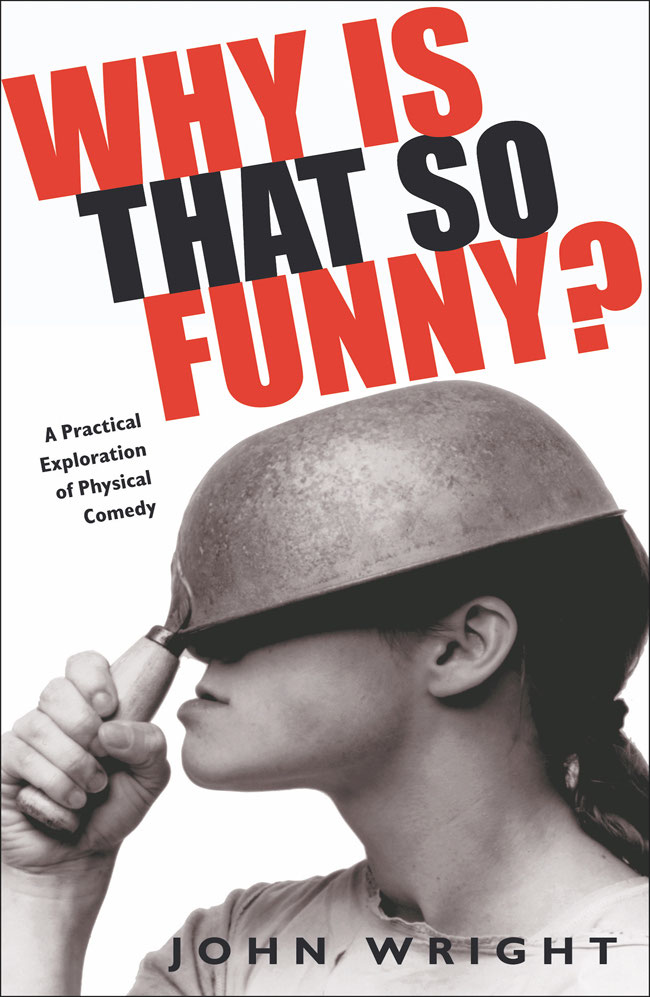
John Wright
WHY IS THAT SO
FUNNY?
A Practical Exploration of Physical Comedy
Foreword by Toby Jones

NICK HERN BOOKS
London
www.nickhernbooks.co.uk
For
JOHN E JONES (1920-2005)
who loved theatre
Comedy is simply a funny way of being serious.
Peter Ustinov
At some point in the last forty years, theatre directors started bringing balls into the rehearsal room. Actors know the day has begun when the stage manager rolls a football or tennis ball into the centre of the hall. Conversations around the tea urn peter out. Gradually, the cast drifts dutifully to the centre of the room where the director waits, smiling. Something more desultory than a game begins, as the ball is lobbed from hand to hand. There is nervous laughter and head-shaking, as jackets are removed and the ball is caught or dropped. Names may be shouted. Then, after a little while, its all over. The ball is given back to the stage manager, tables are pulled out, everyone sighs, more shakes of the head and the proper rehearsal begins. The actors sit down and disappear behind their scripts.
In John Wrights rehearsal rooms there are no such disappearances. The ball is not given back, because the play has already begun. Games and improvisation are the way in, not just a vigorous way of saying Good morning.
For John, games are how we make dramatic action real. To discover the play is to discover the games at work in the play, the games that generated the play in the first place. Not an optional extra, an icebreaker or a nod to directorial process, games force us to be present in the rehearsal room here and now. In the theatre this is fundamental. The circumstances of the play, the there and then of the story, are in constant play with the here and now of the actors shifting relationship with the audience. And this cant be discovered by reading books or discussing plays, you have to get up. Just get up. Its as simple as that
Its 1989 and Ive just been introduced to John Wright for the first time. Its the summer before I go to study at the Lecoq School in Paris. A mutual acquaintance has told me that John knows a lot about masks; that he, too, trained with Lecoq. So Ive asked him what I should expect.
... keep getting up.
Hes nodding and chuckling now. Eyebrows raised. What does this mean? He obviously knows something, but hes not going to tell me. I probably look bemused. He smiles, slaps his knees.
Thats all you need to remember. Get up.
... er, right. Thanks.
That was the advice. Good advice, the best he could have given me. It was only by getting up and following the scant but precise instructions of an improvisation that I could begin to learn. Learning how to make theatre is not about understanding advice, it is a journey through failure as much as success. Getting up when youve just fallen down.
This book is a map of some of the many places John has succeeded and failed on his journeys as a director and teacher. There are many stories of unexpected revelation. Strange and hilarious theatre founded on accidents of misdirection, incomprehension and sheer persistence. You can hear the excited, curious and passionate teacher perched on the edge of his seat giggling, exhorting and provoking the actors to play. Is the game still working? John, glancing at the audience alongside him, gauging not just the action on stage but the action in the audience too. What is happening there? Are we bored? How can we improve this game?
The games described in this book are often simple. Simple games are sometimes the hardest to play, the hardest to keep interesting, but they are starting points, to be developed, adjusted and misplayed, until they work as new plays. Here, as at Lecoq, the inspiration is partly the Commedia dellArte: not the prettified masked theatre we see in paintings, but the earlier, eminently pragmatic form of popular theatre, adapting and adjusting itself to the marketplace.
Somehow, to describe the Commedia as a specific genre is to underestimate the legendary resourcefulness of its performers theatrical athletes negotiating ever-changing landscapes, languages and laws. This vision of a highly flexible, dissident, vagabond theatre is inspirational because of what it must have required of the actors. Actors needed to improvise, yes, but also to write, dance, declaim, sing, vault, mime, parody, to adapt to survive. Commedia dellArte was not, after all, the comedy of art, it was comedy of skill and there are physical skills to be learned.
John has devised exercises to explore the stops, turns, interruptions and sudden surprises of physical comedy. This is technical work, for which he has developed a concrete language with which to teach. Nothing is mystified. By breaking down and articulating how physical comedy operates technically the rhythms, the tensions, the trips, the drops, the takes we can begin to see how different kinds of comedy work.
Only by distinguishing the physical properties of pastiche, caricature, burlesque and buffoon can we begin to appreciate the different colours of a particular comic spectrum such as parody. More than that, we can begin to revive our experience of theatrical style as a whole. Here, John understands style practically in terms of different levels of physical and emotional engagement with a character or story. By playing with these levels we can begin to integrate other colours the tragic, the melodramatic, the soap operatic and notice how these styles might combine and collide within a single story. John is always pushing beyond the orthodox, reaching for other possibities the pratfall that makes us weep; the clowns who start to poison each other
Why is that funny? John asks, looking along the row of actors who sit there, mouths open, delighted or perhaps aghast at what they might have just seen. John rocks with laughter, feet jigging up and down, cajoling the clown who has just been murdered:
Get up! Find a new game! Just keep on getting up!
TOBY JONES
On receiving his lifetime achievement award at the 2002 British Comedy Awards, Michael Palin said that comedy was a great leveller. He explained that his facility for making people laugh had been a key element in enabling him to find something in common with those he had met on his travels to the most far-flung corners of the world. He finished his speech with the conclusion that he was so confident in the unifying power of comedy that, instead of dropping bombs on Iraq, we should drop comedians instead. This idea was received with great enthusiasm but then he was preaching to the converted. Had he been making that speech at a theatre function it is unlikely that these sentiments would have been received with such unanimous and uncritical acclaim. John Peter, the drama critic for the Sunday Times, criticised Mark Rylance for finding comedy in his performance of Shakespeares Richard II at the Globe Theatre on Londons South Bank (May 2003). He wrote:
He treats some of Richards great speeches as oddball comedy. The timing of pauses and the nerdish self-deprecating chuckles during my large kingdom from a little grave a little, little grave an obscure grave reduce tragic self-pity to smug stand-up comedy.
Clearly, Mark Rylance hadnt read the rules properly, but I dont suppose Shakespeare had either. The idea that comedy and tragedy are mutually exclusive and that comedy will inevitably result in a reduction of tragedy goes back to Aristotle. Comedy has always been the poor relation in theatre. Oh, it might put bums on seats occasionally, but alongside tragedy (whatever we mean by that today), comedy is regarded as the lesser of the two genres. The tighter we cling to the idea that comedy and tragedy are as compatible as hot fat and water, the more distorted our view of life becomes. In life, the comic and the tragic are interdependent. We see this on film and we see it on television. Our best sitcoms freely interweave the two. Steptoe and Son is as moving as it is funny, and One Foot in the Grave killed off its comic hero, Victor Meldrew, at the end of the series. The writers werent inhibited because they were supposed to be doing comedy. Weve seen it on the big screen and weve seen it on prime-time television and not only in smug stand-up comedy. Over the years weve seen people laughing at funerals, laughing in the face of pain. Weve seen people laugh at misfortune, injustice, violence and death. Weve even seen people laugh during sex. Laughter is more a survival strategy than an idle diversion because real life is a far more complex and disorderly affair than ancient literary theory would have us believe.
Font size:
Interval:
Bookmark:
Similar books «Why Is That So Funny?: A Practical Exploration of Physical Comedy»
Look at similar books to Why Is That So Funny?: A Practical Exploration of Physical Comedy. We have selected literature similar in name and meaning in the hope of providing readers with more options to find new, interesting, not yet read works.
Discussion, reviews of the book Why Is That So Funny?: A Practical Exploration of Physical Comedy and just readers' own opinions. Leave your comments, write what you think about the work, its meaning or the main characters. Specify what exactly you liked and what you didn't like, and why you think so.

